Discover 11 hidden attractions, cool sights, and unusual things to do in Terni (Italy). Don't miss out on these must-see attractions: Cascata delle Marmore, Carsulae, and Palazzo Spada. Also, be sure to include San Salvatore in your itinerary.
Below, you can find the list of the most amazing places you should visit in Terni (Umbria).
Table of Contents
Cascata delle Marmore
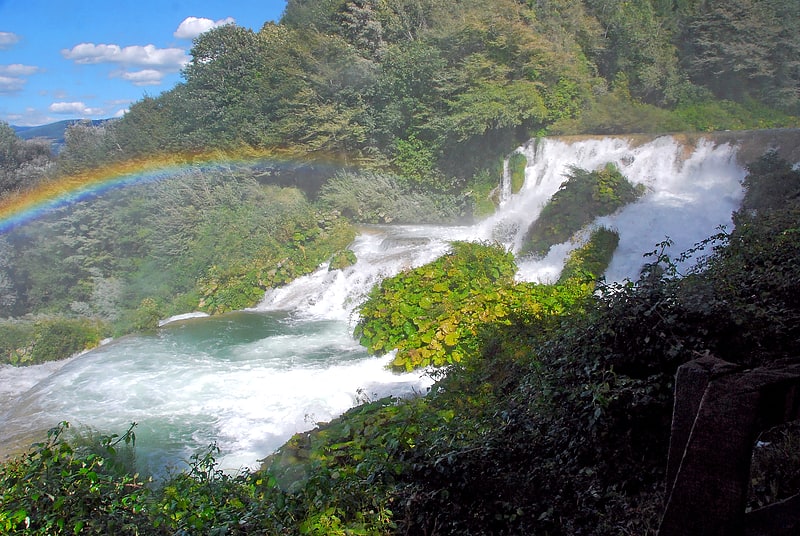
Waterfall in Italy. The Cascata delle Marmore or Marmore Falls is a man-made waterfall created by the ancient Romans. Its total height is 165 m, making it the second tallest man-made waterfall in the world. Of its 3 sections, the top one is the tallest, at 83 m.
It is located 7.7 km from Terni, a provincial capital of the Italian region of Umbria.
Its source is a portion of the waters of the river Velino (the rest of the river flows into a hydroelectric power plant), after flowing through Piediluco lake near the community of Marmore (italian). It pours into the valley below formed by the river Nera. Its flow is turned on and off according to a published schedule, to satisfy the needs of tourists and the power company alike. Tourists try to be there the moment the gates are opened to see the powerful rush of water.[1]
Address: Voc. Cascata, 30, 05100 Marmore
Carsulae
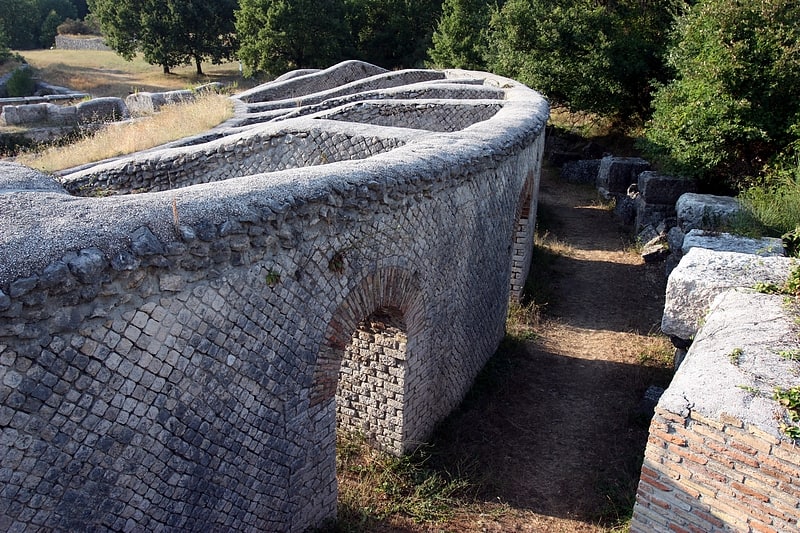
Comune in Italy. Carsulae is an archaeological site in the region of Umbria in central Italy. It is located approximately 4 kilometres north of San Gemini, a small comune in the province of Terni.[2]
Address: Via Carsulae, Terni
Palazzo Spada
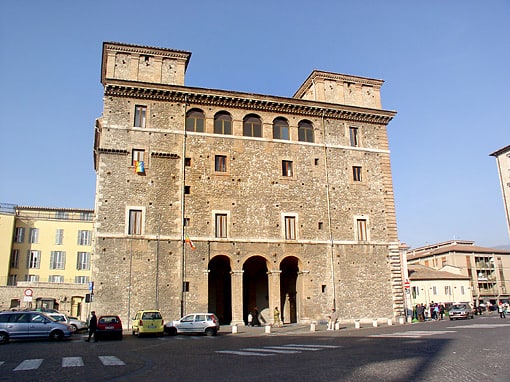
Palazzo Spada is a palace in Terni, Umbria, central Italy, built on behest of Count Michelangelo Spada in the mid-16th century and designed by Antonio da Sangallo the Younger. It currently serves as the town hall for the city. Alexandre de Rogissart wrote about the palace in the eighteenth century, remarking the beauty of its structure.
The inner lounges are decorated with cinquecento frescoes, which were supplemented with newer decorations in the 18th century. The palace passed to the Massarucci family in the 19th century and subsequently was given to the Sisters of the Infant Jesus. After being handed over to the municipal administration of Terni, it was restored to render it fit for its new role as the city's town hall.
The main floor rooms are decorated with frescoes dating from the second half of the sixteenth to the nineteenth centuries. Central to the ceiling of the main hall, which is currently used as the seat of the city council, is a representation of Phaëton punished by Jupiter; at the sides are depicted, in six panels, scenes from the Battle of Lepanto and the Massacre of the Huguenots. The frescoes in the main lounge, which are painted in a late-Mannerist style, are traditionally attributed to K. Van Munder.
Beneath the vault are landscapes, alternating with coats of arms of popes and bishops, prominent among them the one of Pope Julius III, who made Michelangelo Spada a count.[3]
Address: Piazza Mario Ridolfi 1, 05100 Terni
San Salvatore
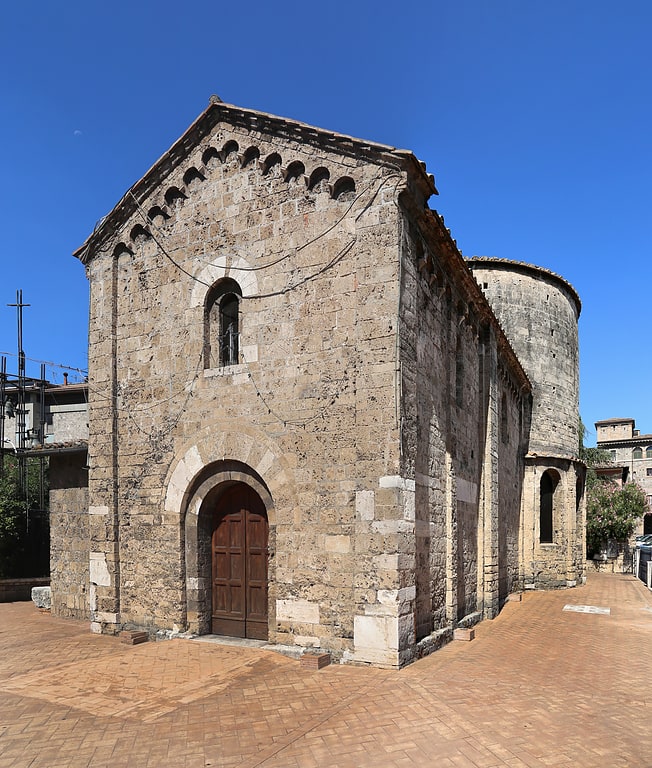
Region. San Salvatore is a Romanesque-style, Roman Catholic church in Terni, region of Umbria, in Italy.[4]
Address: Largo S. Salvatore, 05100 Terni
San Francesco
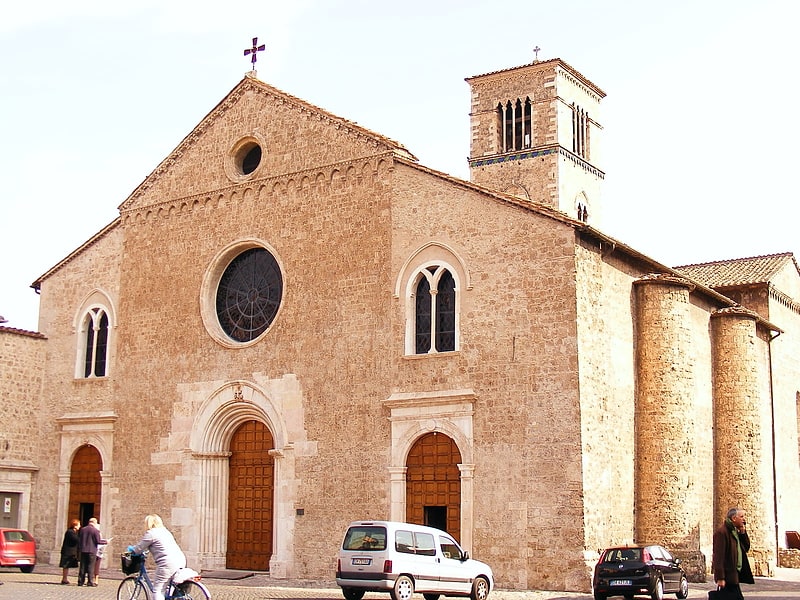
Catholic church in Terni, Italy. The church of San Francesco is a late-Romanesque and early-Gothic-style, Roman Catholic church and convent in the town of Terni, region of Umbria, in Italy.[5]
Address: Piazza S. Francesco, 12, 05100 Terni
Terni Cathedral

Also known as: Duomo di Terni
Cathedral in Terni, Italy. Terni Cathedral is a Roman Catholic cathedral in Terni, Umbria, Italy, and the seat of the bishop of Terni-Narni-Amelia. It is dedicated to the Assumption of the Virgin Mary.[6]
Address: Piazza Duomo, 05100 Terni
Caos

Specialty museum, Art museum, Art gallery, Museum
Address: Viale Luigi Campofregoso 98, 05100 Terni
Chiesa di Sant'Antonio di Padova
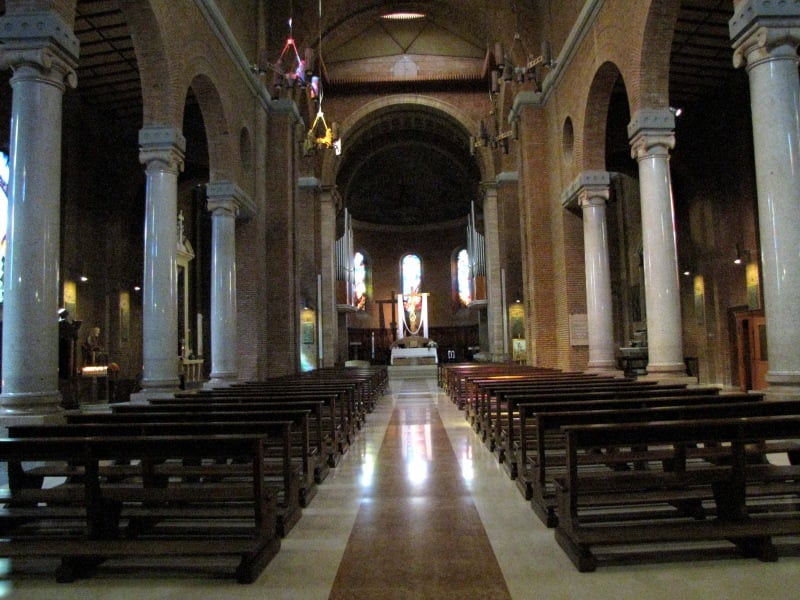
The Church of St. Anthony of Padua is a shrine in Terni, constituting a parish and built beginning in 1923. It is generally considered the "worker" parish because of its location, between the station and the steel mills, which usually makes it a destination for workers and, at the same time, a place open to welcome and charity, following the spirit of the Franciscan community.
Address: Via S. Antonio, 21, Terni
Archaeological Museum
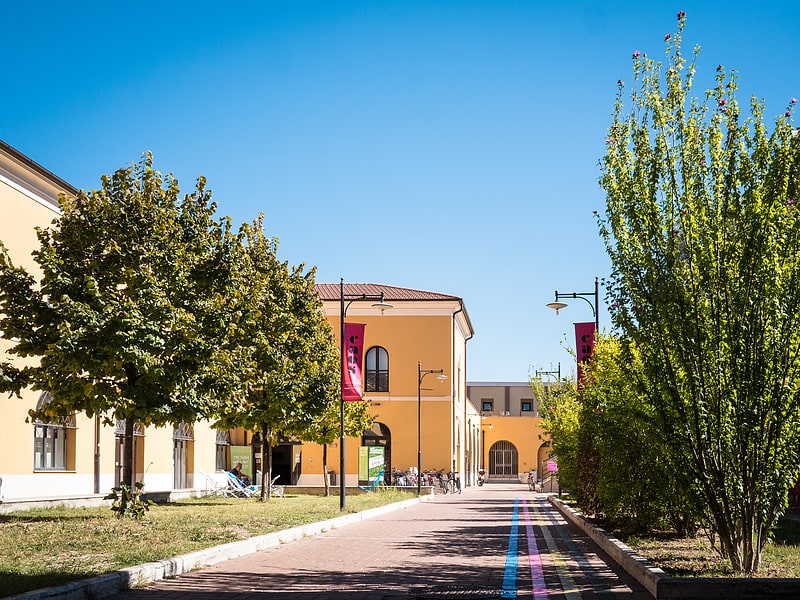
Also known as: Museo Archeologico
Museum
Basilica di San Valentino
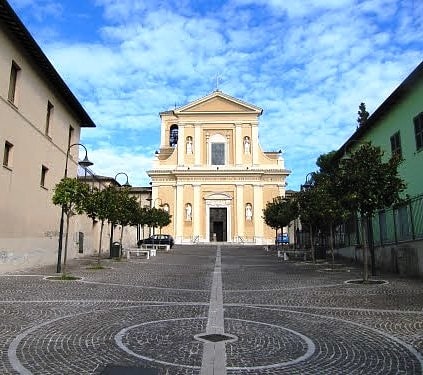
Santuario Basilica San Valentino - a Roman Catholic church in Ternia. It is a parish church in the diocese of Terni-Narni-Amelia. It is the center of the cult of St. Walenty, whose relics are in the church and which is traditionally considered the patron of lovers. On the day of his martyrdom, falling on February 14, religious and secular celebrations take place in Ternie.
Address: Viale Papa Zaccaria, 12, 05100 Terni
Anfiteatro Fausto
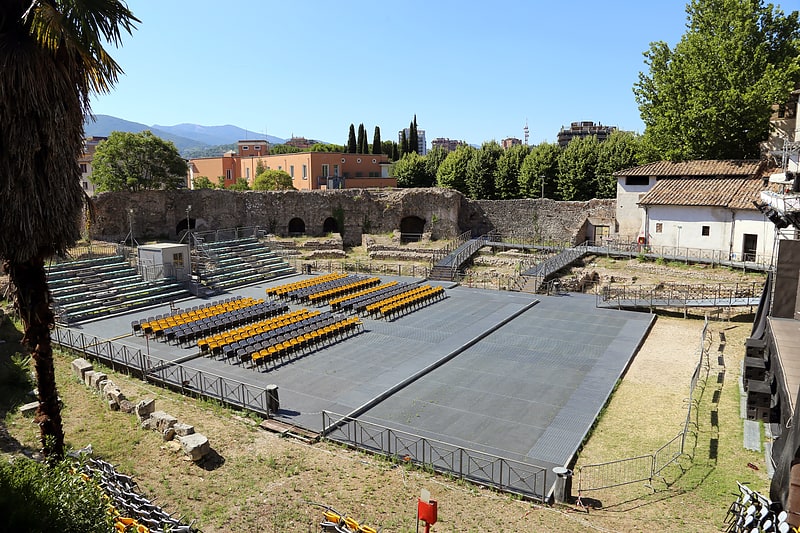
The Faustus Amphitheater or in Latin, Amphitheatrum Faustus is the amphitheater located in the historic center of Terni, at the time called Interamna Nahars. It is also the city's main and best-maintained archaeological monument of Roman times. The subject of numerous renovations since the 1970s, it could hold 10,000 spectators.
It turns out to be older than the Colosseum in Rome, as it was built in the Julio-Claudian era under Emperor Tiberius, approximately in 30 or 32 AD.
Address: Via del Vescovato, Terni